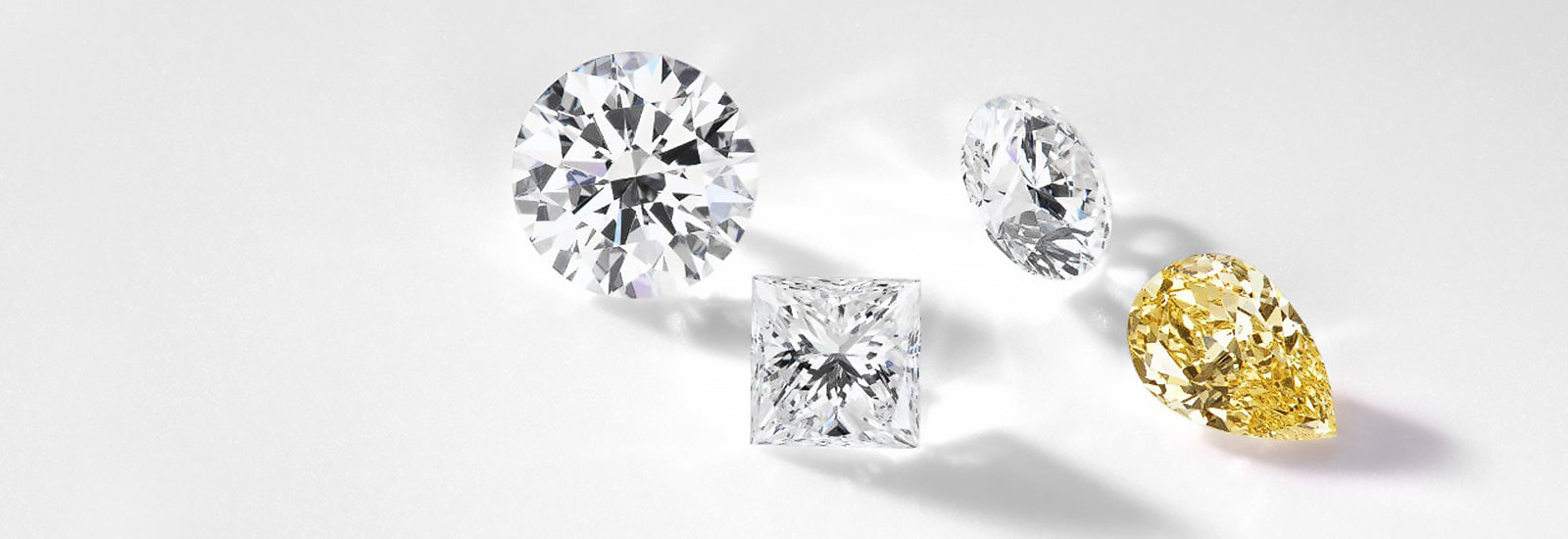Diamonds have captivated human fascination for centuries. From their stunning brilliance to their enduring symbolism of love and luxury, diamonds hold a special place in our hearts and culture. But amidst the allure and glamour, there’s one burning question that often arises: what makes diamonds so valuable?
Introduction
Let’s dive into the sparkling world of diamonds, uncovering the secrets behind their allure and answering the #1 question on everyone’s mind.
1. What are Diamonds?
Diamonds are not just dazzling gemstones; they’re marvels of nature’s craftsmanship. Formed deep within the Earth’s mantle over billions of years, diamonds emerge through intense pressure and heat, transforming carbon into one of the hardest substances known to man.
2. Why Are Diamonds Valuable?
The value of diamonds extends beyond their physical beauty. Their rarity plays a significant role, with only a fraction of mined diamonds meeting the standards for jewelry. Moreover, diamonds have industrial applications, from cutting tools to advanced technology, diamonds #1 question, enhancing their worth.
3. How Are Diamonds Graded?
Diamond grading relies on the 4Cs: cut, color, clarity, and carat weight. These criteria determine a diamond’s quality and value, guiding consumers in making informed purchasing decisions.
3.1 The 4Cs of Diamond Grading
- Cut: Refers to a diamond’s proportions and symmetry, influencing its brilliance and sparkle.
- Color: Diamonds range from colorless to yellow or brown hues, with colorless stones being the most valuable.
- Clarity: Describes the presence of inclusions or blemishes within the diamond, affecting its transparency and brilliance.
- Carat Weight: Measures a diamond’s size, with larger diamonds typically commanding higher prices.
4. What Determines the Value of a Diamond?
Various factors influence a diamond’s value, including its rarity, size, color, clarity, and cut. Market trends also play a crucial role, with demand and supply dynamics shaping prices.
5. Are Diamonds a Good Investment?
While diamonds hold sentimental value, their investment potential is subject to debate. While they offer stability, they may not yield substantial returns compared to other investment avenues.
6. How to Choose the Perfect Diamond?
Selecting the perfect diamond involves considering factors such as budget, preferences, and the 4Cs. Understanding these aspects empowers buyers to make informed choices.
7. How to Care for Diamonds?
Proper care and maintenance are essential for preserving a diamond’s brilliance and beauty. Regular cleaning and avoiding exposure to harsh chemicals can prolong its lifespan.
8. Are Lab-Grown Diamonds Worth Considering?
With advancements in technology, lab created diamonds have gained popularity as ethical and sustainable alternatives to mined diamonds. Understanding the differences can help consumers make eco-conscious choices.
9. Famous Diamonds Around the World
From the legendary Koh-i-Noor to the iconic Hope Diamond, certain diamonds have captured the world’s imagination with their tales of grandeur and intrigue.
10. Can Diamonds Lose Value?
While diamonds are enduring, factors such as market fluctuations, changes in fashion trends, and damage can affect their value over time. Proper care and periodic revaluation can mitigate depreciation risks.
11. Are Conflict-Free Diamonds Important?
The issue of conflict diamonds raises ethical concerns within the diamond industry. Opting for conflict-free diamonds promotes ethical sourcing practices and supports communities in diamond-producing regions.
12. How to Spot Fake Diamonds?
Detecting fake diamonds requires knowledge of authenticity indicators and testing methods. From assessing clarity to conducting thermal conductivity tests, several techniques can unveil imitations.
13. Diamond Myths Debunked
Dispelling common misconceptions about diamonds, such as the belief that all diamonds are rare or that bigger diamonds are always better, enhances consumer awareness and confidence.
14. The Future of Diamonds
As technology continues to evolve, innovations in diamond cultivation and sustainability are shaping the future of the industry. From lab-grown diamonds to blockchain traceability, the landscape of diamonds is evolving towards greater transparency and responsibility.
Conclusion
Diamonds are more than just sparkling gems; they’re symbols of love, luxury, and enduring beauty. Understanding the factors that contribute to their value empowers consumers to make informed decisions, ensuring that these timeless treasures continue to dazzle for generations to come.
You may also like
-
The Timeless Elegance of Oval Engagement Rings with Lab Created Diamonds
-
The Rise of Minimalist Skincare: Do You Really Need 10 Steps?
-
How to Sell Litecoin in Australia: A Comprehensive Guide
-
Latest Arsenal News: What’s Happening at the Emirates?
-
UK Government Unveils Ambitious Green Energy Plan Amid Climate Crisis

